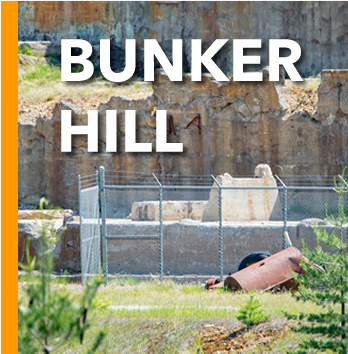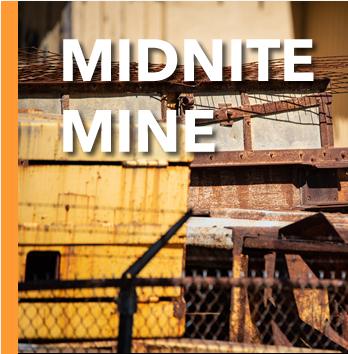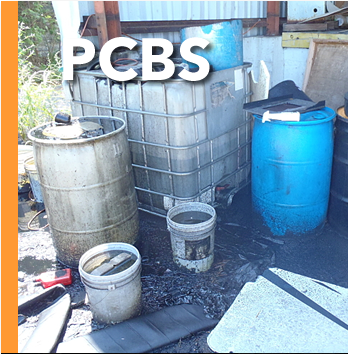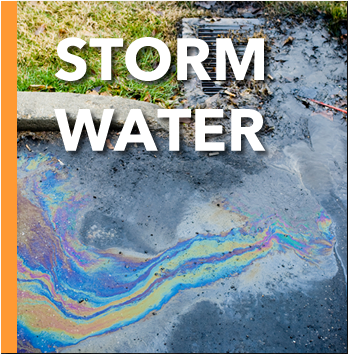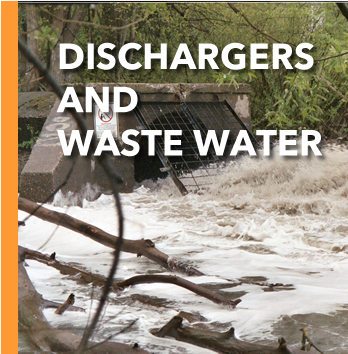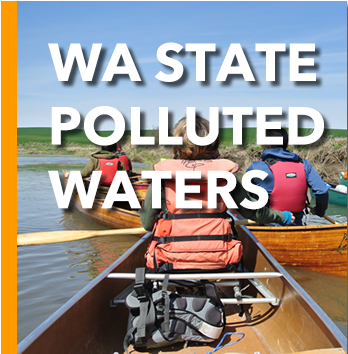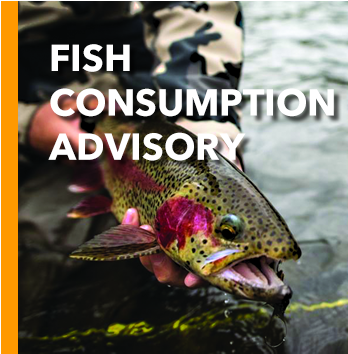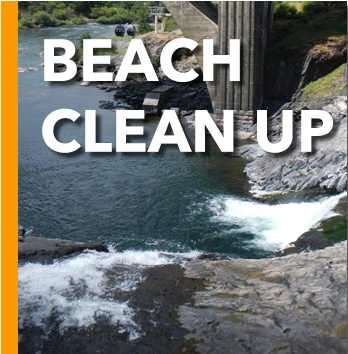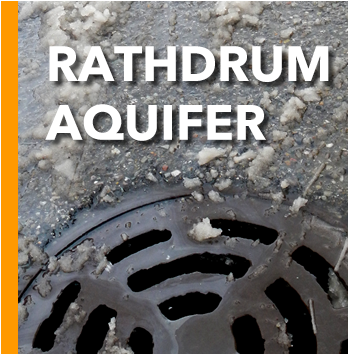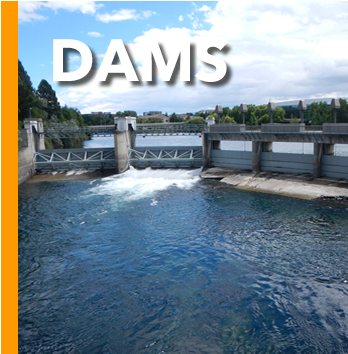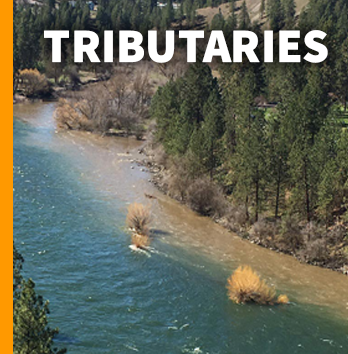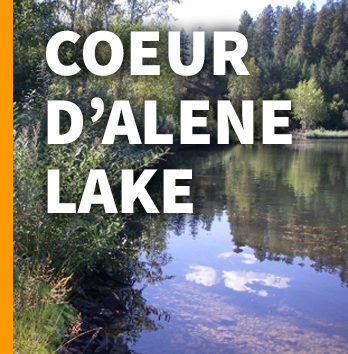The City’s stormwater drainage system consists of several different components, including:
- More than 300 miles of separate storm sewers that discharge stormwater to infiltration facilities, the Spokane River, and Hangman Creek at over 100 locations, including many bridges.
- More than 400 miles of combined stormwater and wastewater sewers that carry stormwater to the City's wastewater treatment plant when it rains. During moderate to heavy rainfall and snowmelt events, a combination of stormwater and untreated sewage can overflow to the Spokane River to prevent overloading the plant.
- Thousands of bioretention treatment facilities collect stormwater and discharge it into the ground. These facilities afford some treatment by trapping sediments, oil, grease, and other pollutants.


Some Stormwater FAQs
What is a separated stormwater system?
Separated stormwater systems contain stormwater only, no sewage.
What is the sewage system?
A system of underground pipes collect and dispose of household wastewater. It is carried to the City’s Riverside Park Water Reclamation Facility.
What is a Combined Sewer?
Combined Sewers are conveyance systems that include both sewage and stormwater. In some parts of the City, stormwater runoff from roofs, parking lots, and streets empties into the same system that carries sanitary wastes to the Water Reclamation Facility. These systems are referred to as combined sewers.
These combined systems are a legacy inherited from the past. The City's original wastewater collection system was built to carry all flows directly to the Spokane River and Hangman Creek without treatment. In the late 1950s, the City built the first primary treatment plant and interceptor systems to provide treatment prior to discharge to the rivers. Today, more than 400 miles of combined sewers still exist, predominantly on Spokane's South Side.
What are Combined Sewer Overflows (CSOs)?
During heavy rainstorms and rapid snowmelt, extra flow from stormwater runoff into these combined sewers is greater than the interceptor pipes and treatment plant can accommodate. At these times, the combined wastewater surpasses the capacity of the pipes, resulting in an overflow to the Spokane River. These Combined Sewer Overflows are referred to as CSOs. When CSOs occur, a mixture of raw sewage and stormwater is released into the Spokane River without any treatment. The combination of raw sewage and stormwater can carry a variety of harmful bacteria and viruses. In addition, combined sewer overflows contain a variety of chemicals, oils, and other wastes. Although the untreated overflow is typically diluted by rain and river water, it still poses a potential health and environmental hazard. Those most likely to be affected by these overflows include people involved in water contact sports (i.e., boaters, swimmers, people who fish, etc.).
How is the City of Spokane reducing CSOs?
In the 1980s, the City of Spokane spent approximately $50 million dollars to construct separate stormwater systems and to eliminate the combined sewers in most of north Spokane. This effort eliminated approximately 85 percent of the volume of combined sewer overflows to the Spokane River. The remaining combined sewers are in areas that are not easily separated. The City currently is updating its plans to manage overflows to comply with state and federal regulatory requirements that limit overflows to one per year per location. The City is amending its CSO Reduction Plan and is creating an Integrated Clean Water Plan that considers all flows that go into the Spokane River.
The primary strategy includes building underground concrete tanks to hold the combined wastewater during a storm and then meter it back to the wastewater treatment plant when the storm surge subsides. Approximately 20 of these tanks are under construction and/or have been built. Once all these tanks are completed and functioning, stormwater discharges to the Spokane River will be vastly reduced.
The City also will reduce stormwater runoff at the source, retrofit the sewer system to limit overflows; improve water quality of the overflows; and increase sewer line size and treatment plant capacity.
How do I find CSO outfalls?
The City of Spokane has posted signs, like the one illustrated here, at the combined sewer overflow locations along the Spokane River. The City also has maps showing CSO locations on their website (see below). A total of 20 signs are installed, each with a specific number that references its associated overflow location along the river. The signs provide necessary information for the City's Wastewater Management Department to respond quickly if an overflow is detected during dry weather conditions.
What should I do during a CSO event?
City of Spokane residents should avoid water contact sports and activities (swimming, boating, fishing) during rainfall and snowmelt conditions. If you see discharge from a combined sewer overflow pipe, you can help by calling 509-625-7900. Make sure to note the CSO number on the sign so City staff will know exactly where the overflow occurred. The City will then confirm whether the discharge is a combined flow or stormwater only.
Further Reading
- Real-time mapping of CSO overflow activity:
https://my.spokanecity.org/publicworks/wastewater/cso/
This project is supported by funds from the Washington State Department of Ecology.

